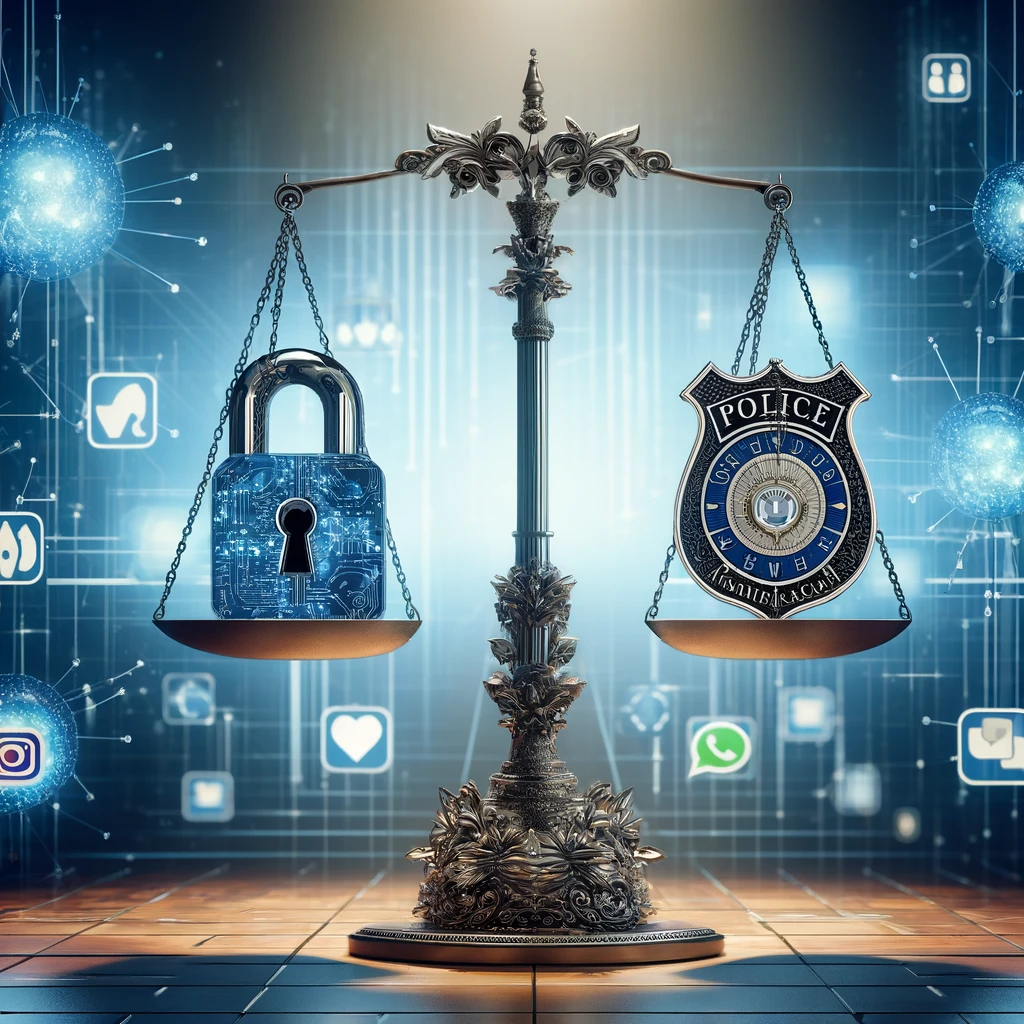Balancing Act: Navigating the Privacy and Security Implications of End-to-End Encryption
Charles M. Walls | April 23, 2024 | Views: 355

European law enforcement officials have recently voiced concerns about the implications of end-to-end encryption (E2EE) on public safety, citing potential risks to their partnerships with the tech industry. They're urging both the industry and governmental bodies to act swiftly to balance privacy with security on social media platforms.
According to Europol, the implementation of privacy protocols such as E2EE would prevent technology companies from monitoring illicit activities on their platforms. This would also hinder the ability of police to collect and use digital evidence in combating serious offenses, including child exploitation, human trafficking, and terrorism, among others. This challenge is often described as the "going dark" dilemma, where law enforcement fears losing visibility into criminal operations online.
The urgency of this issue has been underscored by the move from Meta, which plans to implement default E2EE for personal calls and messages on Messenger by December 2023. This decision has faced criticism from entities like the U.K. National Crime Agency (NCA), which argues that such privacy measures could obstruct efforts to protect children online and impede crime investigation capabilities.
NCA Director General Graeme Biggar acknowledged the protective benefits of encryption against various crimes but cautioned against its broad application without adequate safeguards for public safety. Similarly, Europol's Executive Director Catherine de Bolle emphasized that tech companies should prioritize creating safe environments that do not compromise law enforcement's evidence-gathering capabilities.
In their joint declaration, the agencies advocated for a balanced approach to product design—one that ensures cybersecurity and allows for the identification and moderation of harmful content. They believe that it is possible to maintain both privacy and public safety without making concessions on either front, provided there is cooperation from both the tech industry and government bodies.
Meta has already begun exploring alternative methods to safeguard users on its platforms, such as WhatsApp and Instagram, using unencrypted data and user reports to detect harmful content. A new feature on Instagram, for example, employs client-side scanning to prevent sextortion and intimate image abuse by analyzing images for nudity directly on the user's device, thus preserving the integrity of private communications.
This ongoing debate highlights the need for innovative solutions that respect user privacy while equipping authorities with the tools they need to protect the public. It is a call for the tech industry to exceed the conventional practices and devise methods that do not rely solely on accessing private user data, reinforcing the notion that effective law enforcement and individual privacy can coexist through thoughtful, forward-thinking strategies.
The dialogue between privacy and security is complex, but the advancement of technology offers a promising field for developing new ways to support both. By fostering collaboration and flexibility, it is possible to create a safer digital landscape without compromising the fundamental rights of users.











